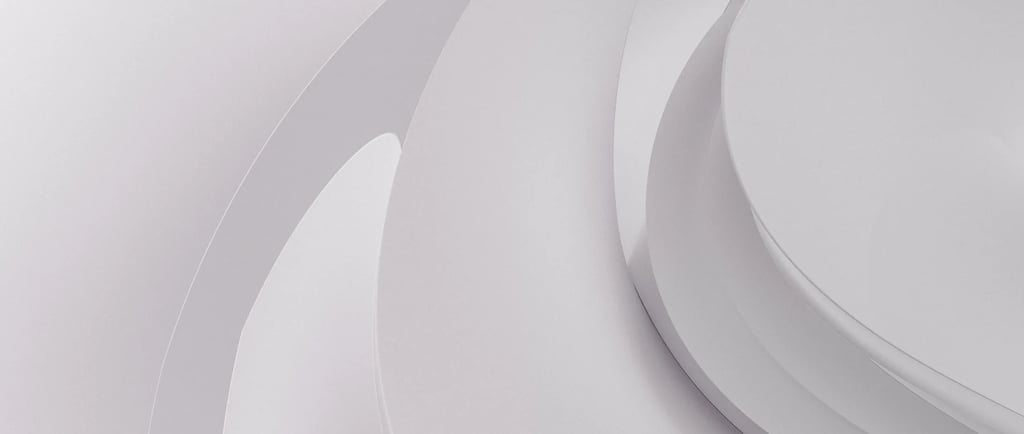Secrets of WD40: More Than Just a Lubricant
OIL


When you think of WD40, the first thing that comes to mind is probably its ability to lubricate squeaky hinges and loosen rusted bolts. But did you know that WD40 is much more than just a lubricant? In this article, we will explore the secrets of WD40 and its many uses beyond just lubrication. Prepare to be amazed by the versatility of this household staple.
The History of WD40
Before we dive into the secrets of WD40, let's take a brief look at its history. WD40 was invented in 1953 by a chemist named Norm Larsen. The name WD40 stands for "Water Displacement, 40th Formula," as it was the 40th attempt to create a successful water displacement formula.
Initially, WD40 was developed to prevent corrosion on the outer skin of the Atlas missile, which was used by the US government during the Cold War. However, it soon became apparent that WD40 had a wide range of applications beyond its original purpose.
WD40 as a Lubricant
While WD40 is widely known for its lubricating properties, it is important to understand how it works. WD40 is a penetrating oil that helps to loosen rusted or stuck parts. It can be used on a variety of surfaces, including metal, plastic, and rubber.
One of the secrets to WD40's effectiveness as a lubricant is its ability to displace moisture. This makes it particularly useful for protecting tools and equipment from rust and corrosion. Simply spray a small amount of WD40 onto the surface and wipe away any excess to keep your tools in top condition.
WD40 can also be used to lubricate hinges, locks, and other moving parts. Its lightweight formula allows it to penetrate tight spaces and provide long-lasting lubrication. Whether you're dealing with a squeaky door or a stiff lock, WD40 can help get things moving smoothly again.
WD40 for Cleaning
Another secret of WD40 is its cleaning power. WD40 can be used to remove grime, grease, and dirt from a variety of surfaces. Its solvent properties make it effective in breaking down stubborn stains and residues.
For example, if you have a sticky residue on your countertop or a stubborn sticker on a glass surface, WD40 can help. Simply spray a small amount onto the affected area, let it sit for a few minutes, and then wipe it away with a clean cloth. The residue should come off easily, leaving the surface clean and shiny.
WD40 can also be used to remove crayon marks from walls, tar from car paint, and even chewing gum from hair. Its versatility as a cleaner makes it a valuable tool to have around the house.
WD40 for Rust Prevention
Rust is the enemy of metal surfaces, causing corrosion and weakening the material over time. One of the secrets of WD40 is its ability to prevent rust from forming in the first place.
By applying a thin layer of WD40 to metal surfaces, you can create a protective barrier that repels moisture and prevents rust from taking hold. This is particularly useful for outdoor equipment, such as garden tools and patio furniture.
Before storing your metal tools or equipment for an extended period, give them a quick spray with WD40 to ensure they stay rust-free. This simple step can significantly extend the lifespan of your metal possessions.
WD40 for Electrical Maintenance
WD40 is also a valuable tool for electrical maintenance. Its moisture-displacing properties make it useful for preventing and resolving electrical issues caused by moisture or corrosion.
If you have a malfunctioning electrical switch or a piece of equipment that is not working properly, try spraying a small amount of WD40 onto the affected area. The lubricating and moisture-repelling properties of WD40 can often restore functionality to electrical components.
However, it is important to exercise caution when using WD40 on electrical equipment. Always ensure that the power is turned off before applying WD40, and use it sparingly to avoid any potential damage.
WD40 for Automotive Maintenance
When it comes to automotive maintenance, WD40 has a multitude of uses. From loosening stuck bolts to cleaning and protecting surfaces, WD40 is a handy companion for any car owner.
WD40 can be used to remove tar, bugs, and other stubborn residues from your car's paintwork. Simply spray a small amount onto the affected area and wipe it away with a clean cloth. The gentle solvent properties of WD40 make it safe to use on most automotive surfaces.
Additionally, WD40 can help to prevent moisture-related issues in your car. Applying a thin layer of WD40 to battery terminals can help prevent corrosion and ensure a reliable electrical connection. It can also be used to lubricate door hinges, locks, and window mechanisms, keeping them in good working order.
WD40 for Home Improvement
WD40 is a valuable tool for various home improvement projects. Whether you're fixing a squeaky floorboard or removing a stubborn sticker from a window, WD40 can come to the rescue.
For squeaky hinges or door locks, a quick spray of WD40 can provide instant relief. The lubricating properties of WD40 will help to silence the squeak and ensure smooth operation.
When it comes to removing stickers or adhesive residue, WD40 can be a game-changer. Simply spray a small amount onto the sticker, let it sit for a few minutes, and then peel it away. The adhesive should come off easily, leaving no residue behind.
Conclusion
WD40 is much more than just a lubricant. Its versatility as a cleaner, rust preventer, electrical maintenance tool, automotive aid, and home improvement companion makes it a valuable asset in any household.
Next time you reach for that familiar blue and yellow can, remember the secrets of WD40 and the many ways it can make your life easier. From lubricating squeaky hinges to removing stubborn stains, WD40 is a true multi-purpose solution that deserves a place in every toolbox.
